Mozambique: UNICEF and WFP assess malnutrition in Cabo Delgado
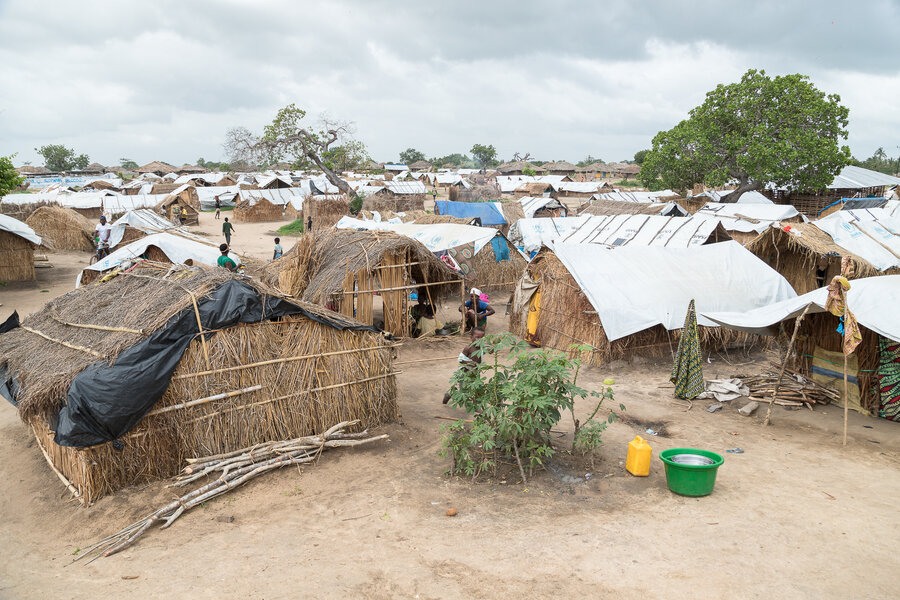
Cabo Delgado has been in the headlines all year, as escalating insecurity leaves a trail of fear and destruction, forcing people to flee for their lives. The crisis has intensified dramatically since the beginning of 2020; over 2,500 civilians have been killed, and almost 700,000 people are now displaced. Most recently, Palma district was attacked by armed groups on 24 March, causing 10,000 people to flee (about one-seventh of Palma’s civilian population). The sheer scale of the exodus is gravely impacting food security for both displaced and host communities, with almost 1 million people now facing severe hunger in Cabo Delgado and its neighbouring provinces.
Collecting data to save lives
We are all familiar with images of humanitarian organizations responding to crises, but we rarely see the meticulous planning that goes on behind the scenes. In February, the World Food Programme (WFP) and UNICEF partnered with the Government of Mozambique to conduct a nutrition survey in Cabo Delgado. The purpose of this was not only to identify malnourished children for immediate treatment, but also to design future programmes to prevent malnutrition ravaging this vulnerable population. Most people in Cabo Delgado are farmers, and one in five has had their livelihood disrupted by the current situation, putting the lives of children at risk as parents struggle to find enough food for them to eat.
First-hand accounts of disrupted lives
In Metuge district, the survey team met two families who had fled the same village, leaving behind the homes and the farms they had known all their lives. Husband and wife Jeremias and Alima, and their neighbour Ancha, recounted the same story.
One day armed men arrived in their village and opened fire. The killing was indiscriminate — children were pulled from their mothers’ arms, friends were shot down where they stood, houses and farms were torched. In the panic, Ancha, Alima and Jeremias gathered up their families and ran.
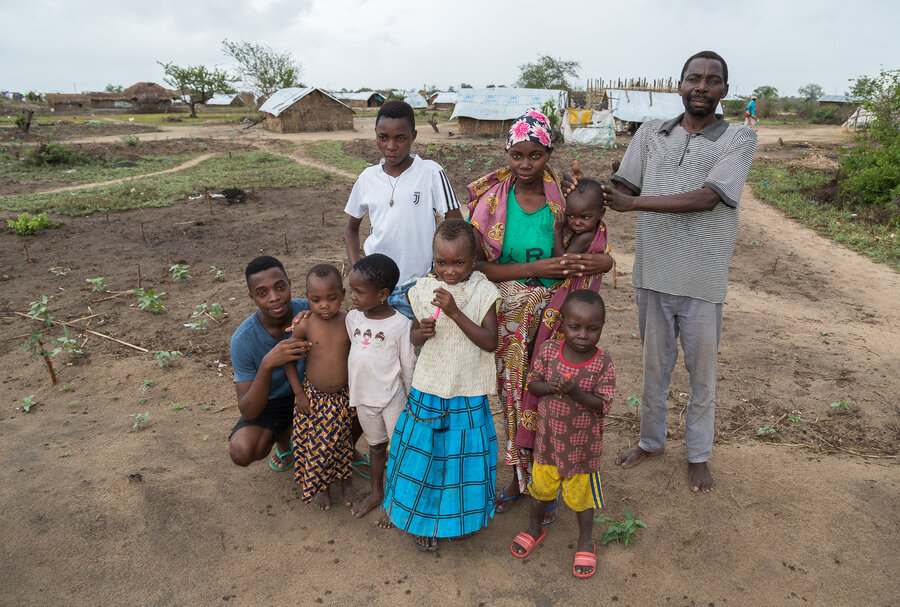
They walked for three days with their young children, terrified, exhausted and hungry. At night they slept out in the open. Eventually they arrived in the capital of neighbouring Metuge and joined 33,000 other people now living in temporary shelters in a camp hastily named 25 de Junho (25 June). The camp is safe from armed violence, but food is scarce. Families struggle to find enough to eat. With fewer reserves and high nutrient needs, young children are the most at risk of malnutrition.
Safe but hungry
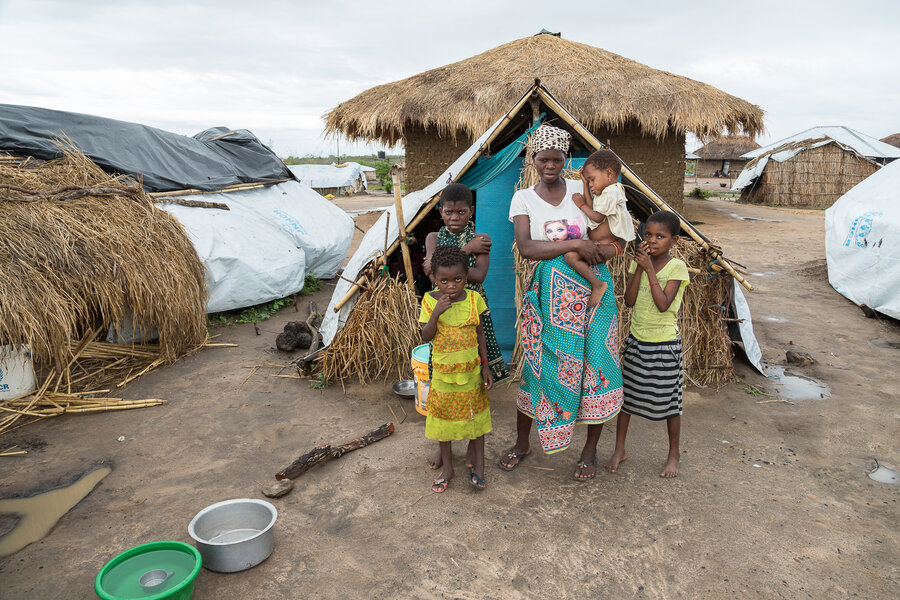
Ancha now lives in a temporary shelter with her four daughters. The youngest, 35-month-old Delinia, is suffering from moderate acute malnutrition. She weighs just 9.3 kg (20.5 lbs), which is well below the World Health Organization’s recommended weight of 13.8 kg for a child her age. Since fleeing their home, Delinia has barely eaten, likely due to trauma and upheaval. The problem is exacerbated by the scarcity of food — food is the most highly reported need of displaced people in Cabo Delgado. “When there’s no food, I worry she will die,” says Ancha.
Jeremias and Alima’s family also face hunger. “When the food runs out,” he says, “tempers get frayed. Everyone blames each other and the children cry.” Their youngest, Ingamo, is the same age as Delinia. She is suffering from severe acute malnutrition and weighs only 7.4 kg (16.28 lbs). Like Delinia, Ingamo stopped eating when she and her family fled their village. She also became ill after arriving in Metunge, and was diagnosed with malaria, which she probably contracted during the three nights she slept out in the open, without any protection from mosquitoes.
Ancha, Jeremias and Alina are counting on the immediate assistance of WFP and UNICEF. Until the insecurity stops, “we’re not in control our lives, we’re completely dependent on outside help,” Jeremias explains. Ancha agrees. “We cannot work or farm,” she says, “so if the help stops, we will die.”
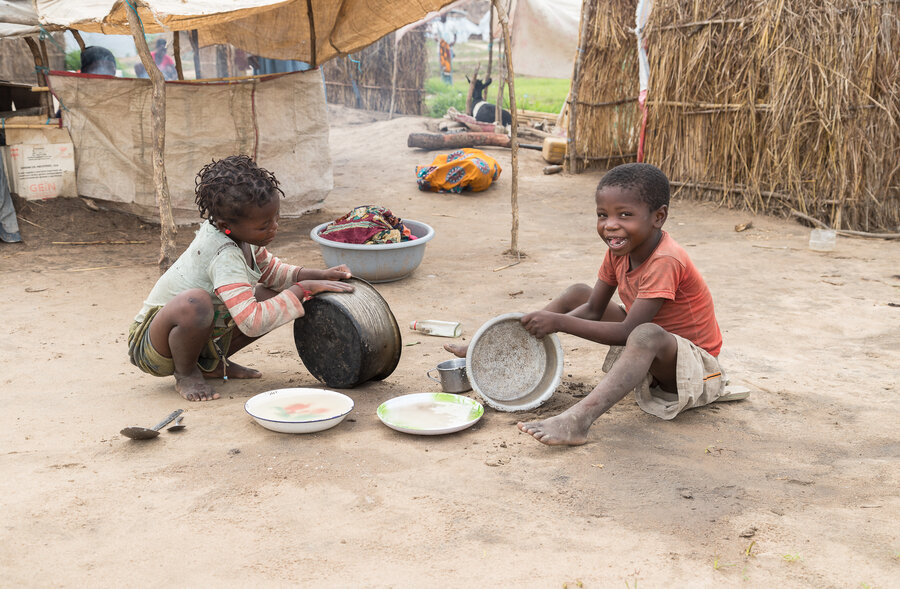
The WFP-UNICEF survey in focus
In 2020, WFP provided monthly food rations to 400,000 people in Cabo Delgado. But regular food is not enough to treat acute malnutrition; recovery requires more calories and nutrients than normal meals can provide. Instead, children are given energy- and nutrient-dense, specialized nutritious food — or SNF. UNICEF distributes SNF to health centres for children suffering from severe acute malnutrition, and WFP provides a different SNF for children suffering from moderate acute malnutrition.
The survey was part of WFP and UNICEF’s collaboration to help the provincial and district health authorities identify and treat children malnourished children. In January, health authorities in Cabo Delgado treated almost 2,000 children, but to respond to the scale of the problem — the survey found that 6 per cent of displaced children aged under-5 had acute malnutrition.
WFP and UNICEF plan to scale up nutrition treatment to reach 72,000 children in the coming year. To achieve this, US$ 2.54 million is needed.
Acute malnutrition is life-threatening, but can be treated — but it wasn’t the only form of malnutrition that the survey found. Almost 21 percent of displaced children under-5, and 18 percent of host children are underweight. Even more concerning are the rates of chronic malnutrition (or ‘stunting’) at 50 percent among displaced children and 41 percent among children host communities.
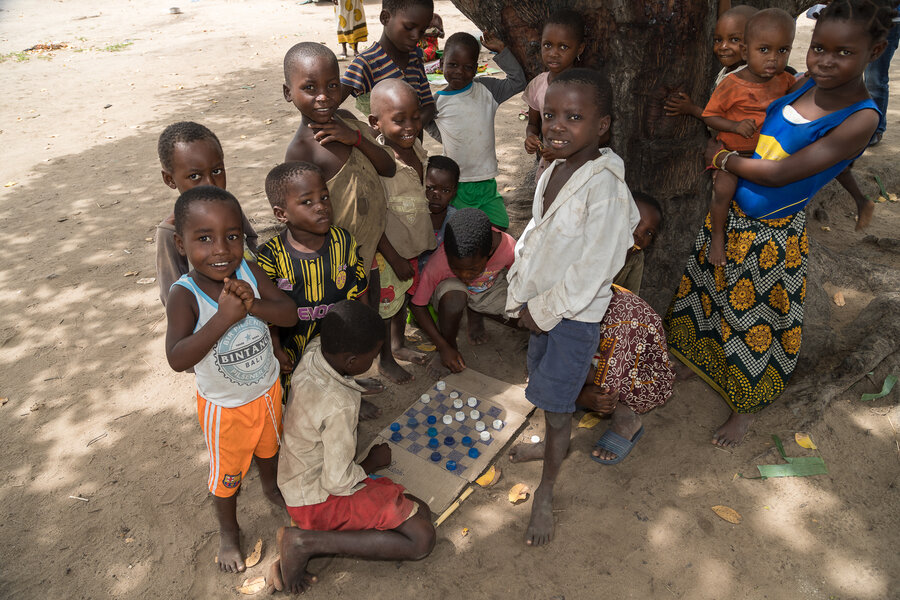
Stunting, which cannot be treated or reversed, occurs slowly and cumulatively as a result of inadequate food intake. While not immediately fatal, it causes lifelong consequences. Stunted children are more likely to become ill, and have a higher risk of dying from disease. Stunting causes poor cognitive development, and lower educational achievement. Stunted children are far more likely to drop out of school – in Mozambique, stunted children complete almost five years fewer years of school than their well-nourished peers.
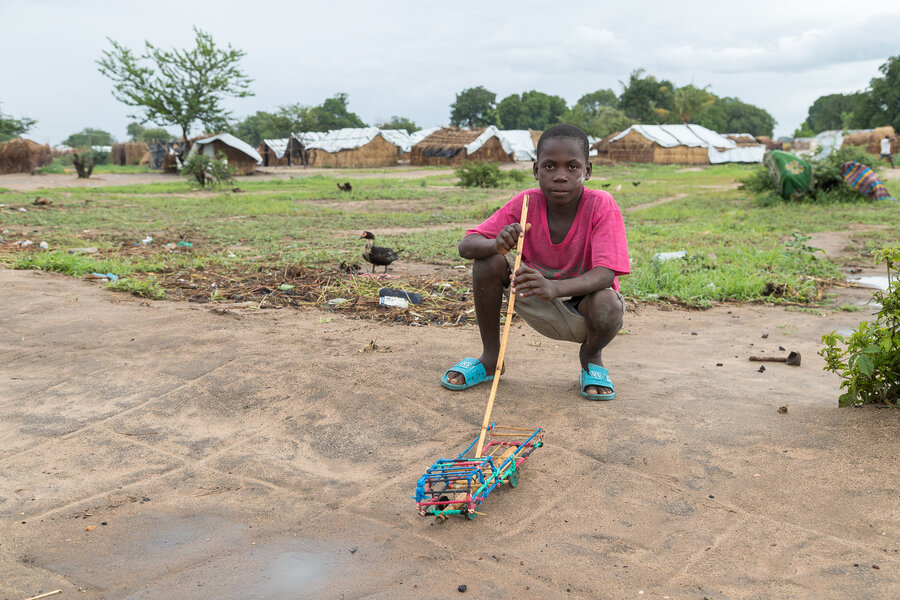
As adults, stunted children are at increased risk of nutrition-related chronic diseases, such as diabetes, hypertension and heart disease.
Such high levels of stunting are a ticking time bomb for the children of Cabo Delgado. Multi-sectoral approaches are needed — in nutrition, agriculture, health, and water and sanitation – to ensure that when the insecurity ends, Cabo Delgado’s children have the future they deserve.
